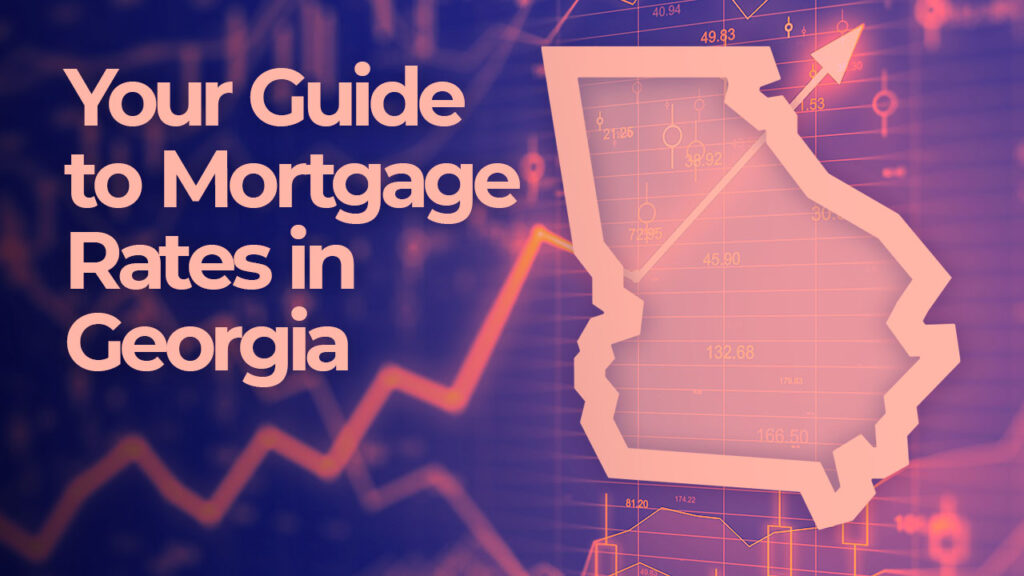Introduction
Navigating the world of small loans can be confusing, especially when faced with the choices of secured and unsecured options. Understanding the key differences is crucial for making informed financial decisions. This guide breaks down the complexities, helping you choose the best loan type for your needs.
What is a Secured Loan?
A secured loan uses an asset you own, such as a car or house, as collateral. If you fail to repay the loan, the lender can seize this asset. 
What is an Unsecured Loan?
An unsecured loan doesn’t require collateral. Your creditworthiness is the primary factor determining approval. This makes them easier to obtain, but typically at a higher interest rate. 
Interest Rates: A Key Difference
Secured loans usually come with lower interest rates because the lender has less risk. Unsecured loans carry higher rates to compensate for the increased risk.
Loan Amounts
Secured loans often allow for larger loan amounts due to the presence of collateral. Unsecured loans typically have lower borrowing limits.
Approval Process
Secured loans might have a slightly simpler approval process since the collateral reduces lender risk. Unsecured loan applications involve a more thorough credit check. Learn more about credit scores.
Credit Score Impact
Both secured and unsecured loans can impact your credit score. Missed payments negatively affect your score, regardless of the loan type.
Repayment Terms
Repayment terms vary depending on the lender and loan type. It’s crucial to understand the repayment schedule before committing to a loan.
Fees and Charges
Be aware of any associated fees, such as origination fees or prepayment penalties, which can vary between secured and unsecured loans.
Eligibility Criteria
Eligibility criteria differ based on the lender and the type of loan. Check the lender’s website for specific requirements.
Choosing the Right Loan
Consider your financial situation, credit score, and the purpose of the loan when deciding between secured and unsecured options.
Secured Loan Examples
Common examples include auto loans and mortgages, where the vehicle or property serves as collateral.
Unsecured Loan Examples
Personal loans, credit cards, and some student loans are typically unsecured.
The Risks Involved
Secured loans carry the risk of losing your collateral if you default. Unsecured loans can negatively impact your credit score.
Advantages of Secured Loans
Lower interest rates and potentially higher loan amounts are key advantages. Find a loan that suits your budget.
Advantages of Unsecured Loans
Easier access for those with less-than-perfect credit is a significant benefit.
Comparing Offers
Always compare offers from multiple lenders to find the best interest rate and terms. Use online comparison tools to simplify the process.
Seeking Professional Advice
Consult a financial advisor for personalized guidance on choosing the right loan for your circumstances. 
Conclusion
The decision between a secured and unsecured small loan depends on individual circumstances. Carefully weigh the pros and cons of each option before making a choice. Remember to always borrow responsibly.
Frequently Asked Questions
What is the difference between secured and unsecured debt? Secured debt uses collateral, while unsecured debt relies solely on creditworthiness.
Which loan type is better for someone with bad credit? A secured loan might be easier to obtain for those with bad credit because of the collateral.
Can I consolidate my unsecured debts into a secured loan? Yes, debt consolidation loans, which may be secured or unsecured, are a possibility, but consider the implications for your collateral.
What happens if I default on a secured loan? The lender may repossess the collateral securing the loan.
Where can I find more information about loan options? Check reputable financial websites for additional resources.


